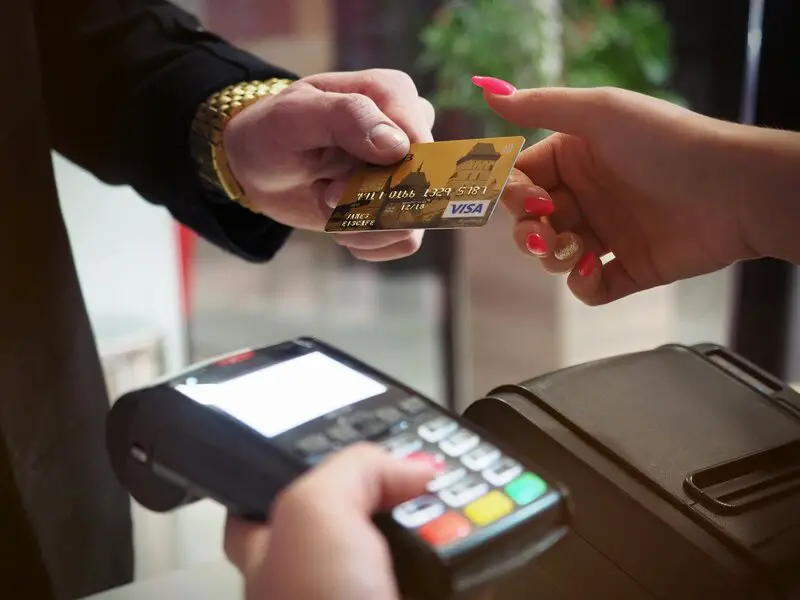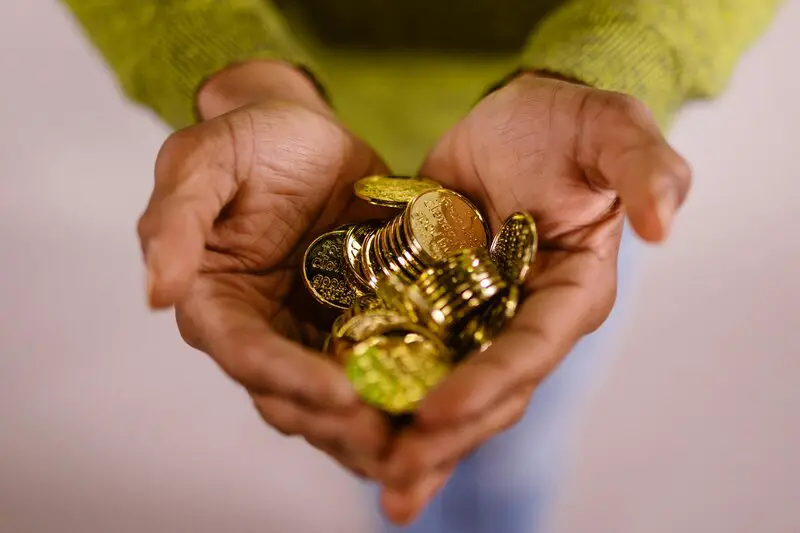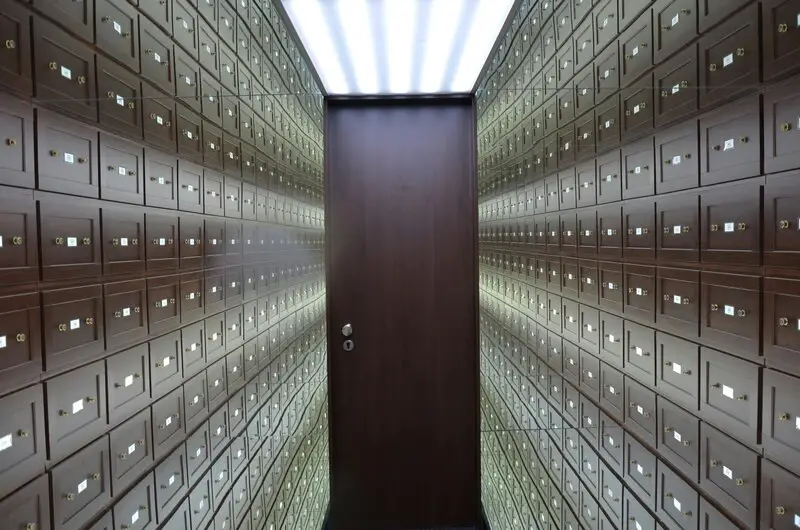Gold is one of the most time-tested stores of value, appreciated for its ability to preserve wealth across centuries and economies. But while gold's appeal is timeless, buying it—especially in physical form—requires care and understanding. Whether you're considering online purchases or visiting a local dealer, ensuring the authenticity, security, and value of your investment is crucial.
This guide will walk you through everything you need to know to buy physical gold safely, both online and in-person.
Why Choose Physical Gold?
Investors often turn to physical gold—like coins, bars, and bullion—for a few key reasons:
Tangible Asset
Unlike stocks or ETFs, you can physically hold and store gold.
Wealth Preservation
Gold historically holds its value during inflation, currency devaluation, or economic crisis.
No Counterparty Risk
You're not reliant on a third party (e.g., a bank or fund) to realise the value of your investment.
Step 1: Understand the Types of Physical Gold
Before buying, it's essential to understand the common forms of physical gold:
Gold Bars (Bullion)
- Typically range from 1g to 1kg or more
- Lower premiums over spot price
- Good for large-scale investments
- Usually come with serial numbers and certificates
Gold Coins
- Popular choices include Britannias, Sovereigns, Krugerrands, and American Eagles
- Higher premiums due to design, minting costs, and collectability
- Easier to sell in smaller denominations
Gold Rounds
- Similar to coins but not issued by a government mint
- Lower premiums but may be harder to sell due to lack of legal tender status
Step 2: Choosing a Trusted Dealer
Whether online or in-person, your dealer should be:
Reputable and Established
Look for companies that have been in business for several years and are well-reviewed.
Transparent with Pricing
Prices should reflect the current gold spot price plus a clearly stated premium.
Accredited
Look for memberships in trade organisations like the LBMA (London Bullion Market Association), or in the UK, the BNTA (British Numismatic Trade Association).
Red Flags to Avoid
No Clear Address
No clear physical address or contact info.
Too Good to Be True
Prices that seem "too good to be true."
Pushy Sales Tactics
High-pressure or pushy sales approaches.
Vague Terms
No return policy or vague terms and conditions.
Step 3: Buying Gold Online Safely
Online gold buying is convenient and often offers a broader selection. Here's how to do it securely:
1. Use Well-Known Platforms
Stick with established dealers such as:
BullionByPost (UK)
The Royal Mint
APMEX
JM Bullion
2. Secure Website
3. Payment Options
Most reputable dealers offer:
Bank Transfer
Often preferred for larger orders
Debit/Credit Card
Convenient for smaller purchases
PayPal
Additional buyer protection
4. Delivery and Insurance
- Always choose insured shipping—often included in the price
- Look for tracking details and signature-required deliveries
- Check if the dealer provides discreet packaging
Step 4: Buying Gold In-Person
If you prefer a face-to-face transaction:
1. Visit a Recognised Dealer or Mint
UK Recommendations
In the UK, this might be Hatton Garden dealers in London or well-known coin shops with long-standing reputations. Ask for recommendations, or check reviews and ratings on verified platforms.
2. Verify the Product
- Ask to see the product in person
- Reputable dealers won't hesitate to show you certificates or let you inspect the item
3. Know the Spot Price
4. Request a Receipt
Get full documentation that includes:
| Receipt Must Include | Purpose |
|---|---|
| Weight and purity | Authentication and valuation |
| Price per gram or ounce | Fair value verification |
| Total cost including VAT (if applicable) | Tax compliance and records |
| Serial numbers or mint marks (if available) | Authenticity and resale value |
Step 5: Authenticating Gold
Fake gold does exist. Here are some basic ways to verify authenticity:
1. Check Weight and Dimensions
Genuine coins and bars have precise dimensions. Use a digital scale and calipers.
2. Magnet Test
Gold is non-magnetic. If it sticks to a magnet, it's not pure gold.
3. Acid Test
Gold testing kits are widely available, but should be used with caution and some experience.
4. Professional Appraisal
If you're unsure, take your gold to a certified appraiser or jeweller with XRF (X-ray fluorescence) testing equipment.
Step 6: Storing Your Gold Safely
Once purchased, you need to keep your gold secure.
1. Home Storage
- Use a high-quality safe that's bolted down
- Keep your purchase discreet—only trusted individuals should know you own physical gold
2. Bank Safety Deposit Box
- A common option in the UK, though banks have been reducing availability
- Offers added security, though access may be restricted during bank hours
3. Third-Party Vault Storage
- Many dealers offer storage services for a fee
- Check for fully insured, segregated storage
Step 7: Reselling and Liquidity
Gold is highly liquid, but getting the best price depends on the form of gold you hold and where you sell it.
Where to Sell:
Original Dealer
Many offer buyback programmes
Gold Dealers
Reputable bullion websites
Auctions
Private sales (require caution)
Tips:
- Always compare buyback prices
- Sell in smaller units (e.g., 1oz coins) for greater flexibility
Final Thoughts
Buying physical gold can be a sound way to diversify your portfolio and hedge against economic uncertainty—but only if it's done securely. Whether online or in-person, always take time to research dealers, verify products, and plan storage in advance.




